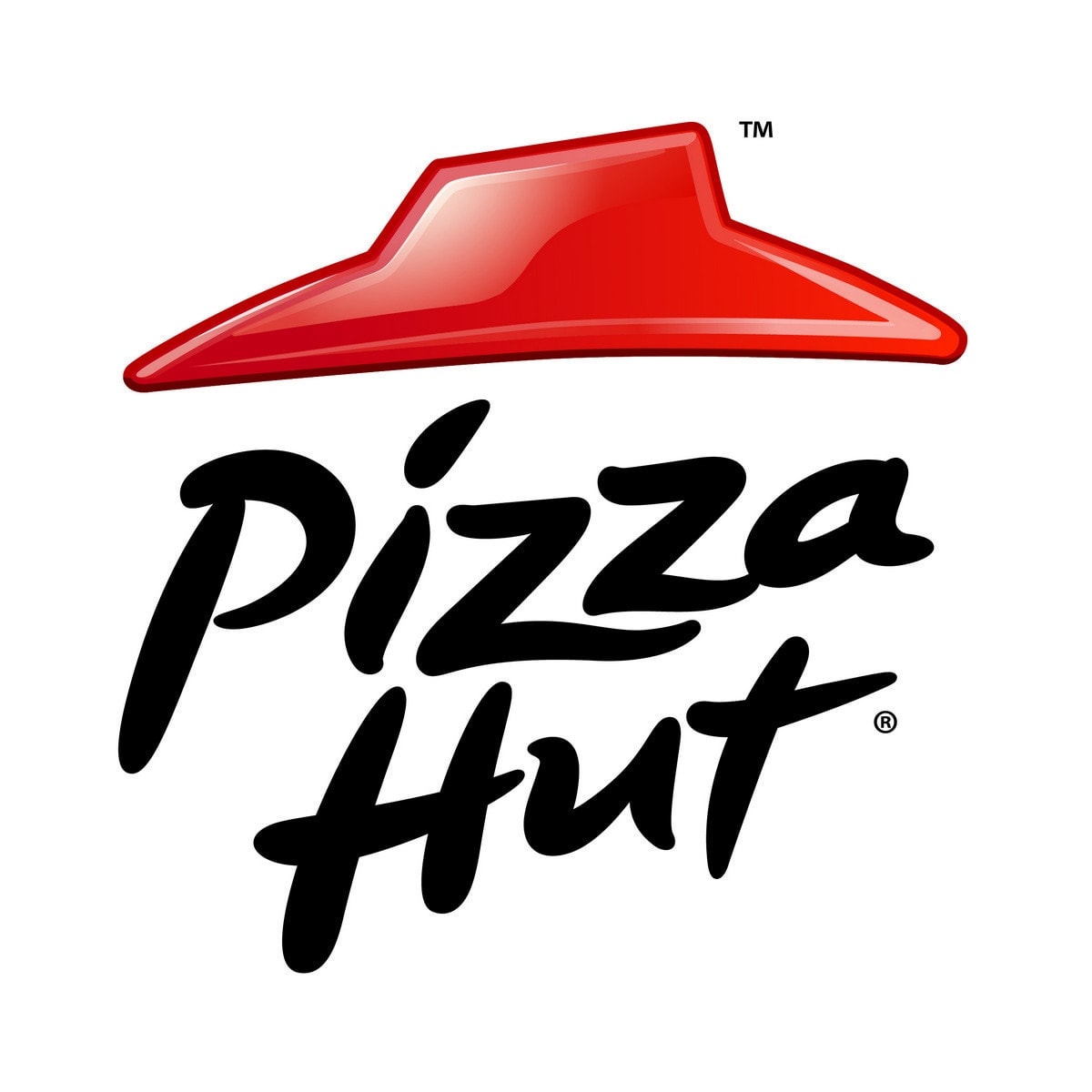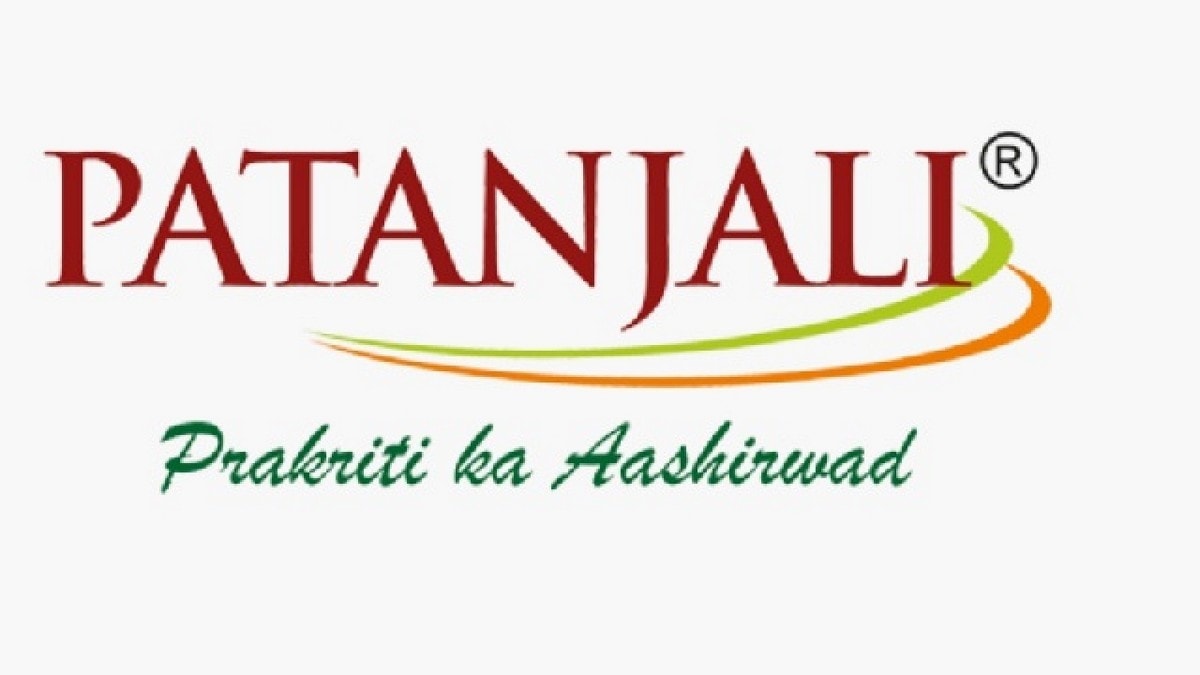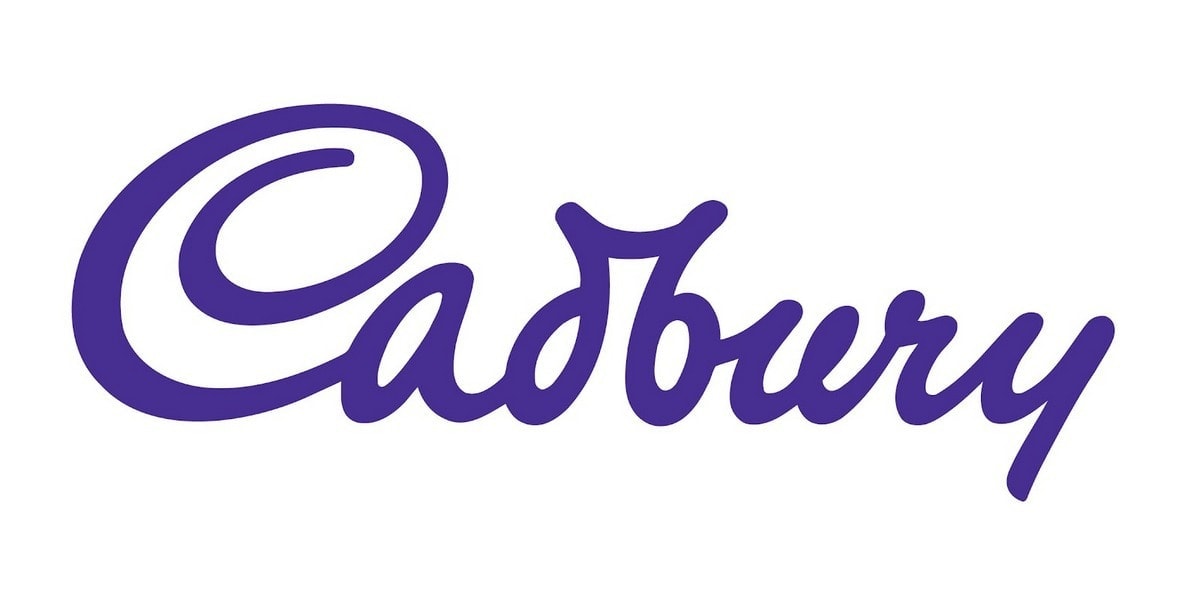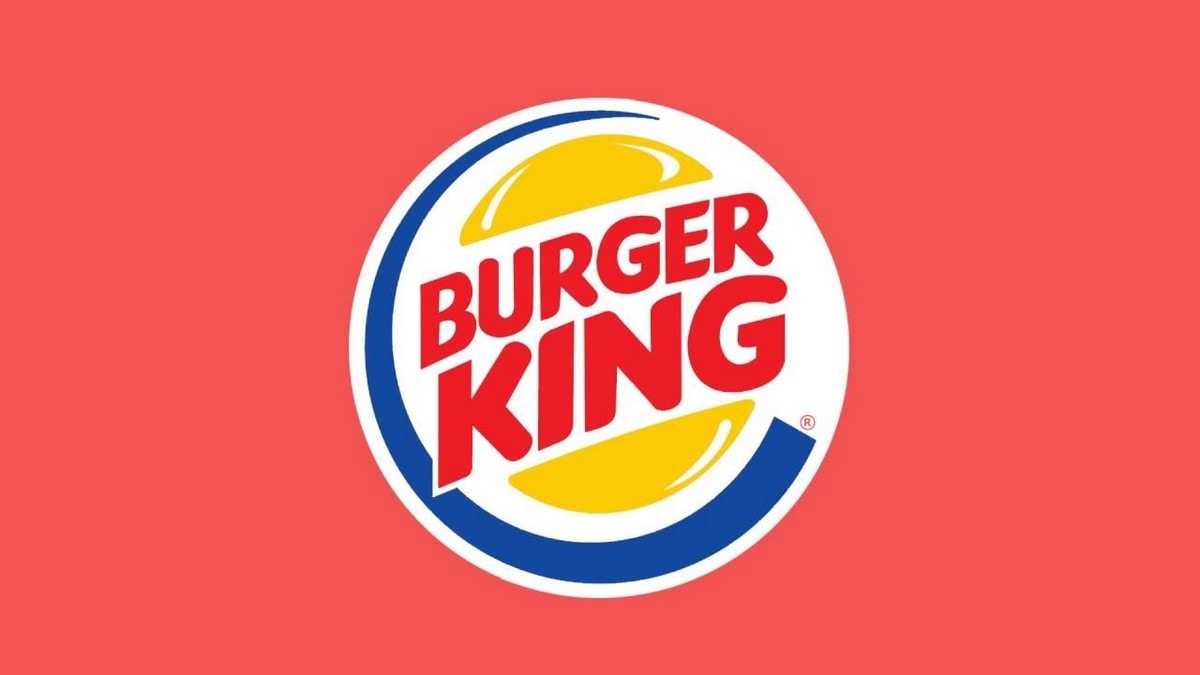
Marketing Strategy of Pizza Hut - Pizza Hut Marketing Strategy
Marketing Strategy of Pizza Hut – Pizza Hut Marketing Strategy
Founded in 1986 Pizza Hut has emerged as an economical dining restaurant brand. Pizza Hut is operating with more than 13000 restaurants.
Pizza Hut is one of the flagship brands of YUM Brands which in itself is a brand which handles brands like Taco Bell, KFC, Long John Silver’s and A & W under its umbrella brand setup. Pizza Hut is offering products such as signature pizzas, pasta, appetisers, desserts and beverages. The dining and ambience through its dining restaurants are being recognised by Brand Equity.
Table of Contents
Segmentation, targeting, positioning in the Marketing strategy of Pizza Hut –
Pizza Hut uses a mix of geographical and psychographic segmentation variables to make its products available in the market.
The world’s famous Pizza brand uses undifferentiated targeting strategy to design the offerings and services as per the choice of the customers.
It uses value-based positioning strategy to create the everlasting image in the mind of the consumers.
Marketing mix – Here is the Marketing mix of Pizza hut.
SWOT analysis – Here is the SWOT analysis of Pizza hut.
Mission- “Not Available”
Vision- “Not Available”
Tagline- “Your Favourites. Your Pizza Hut”
Competitive advantage in the Marketing strategy of Pizza Hut –
Stronghold in the Pizza market with its large number of menu items and their varieties is helping the company in being competitively ahead of its competitors.
Developing markets are the markets which will be driving the business growth in the future and Pizza Hut’s main strength is its focus on generating business and drive growth from the emerging markets.
Stable and strong Parent company: Yum Brands which is the parent company of the Pizza Hut and have KFC and Teco Bell brand in its brand portfolio, is helping Pizza Hut in exploiting the resources and its networks for the growth of the business.
BCG Matrix in the Marketing strategy of Pizza Hut –
With such a large number of offerings in the Pizza segment, Pizza Hut is ruling the market.
The products of the Pizza Hut are stars in the BCG matrix.
Distribution strategy in the Marketing strategy of Pizza Hut –
Pizza Hut is the world’s largest casual dining restaurant chain with more than 13, 000+ restaurants across 100 countries. In India, alone Pizza Hut has more than 140 dining restaurants with sitting and take away facilities across 38 cities.
Brand valuation in the Marketing strategy of Pizza Hut –
The casual dining experience of Pizza Hut is recognised by Brand Equity who awarded it ‘Most Trusted Food Brand’ for continuously 6 years in a row. Attracting 50,000 people per day across the country in a country like India, Pizza Hut has become the perfect place to celebrate.
Competitive analysis in the Marketing strategy of Pizza Hut –
Domestic & international companies like Dominos, Papa Jones, Toppers, Greco etc., eating up each other’s market share. Pizza industry is overcrowded with but Pizza Hut with their online discount offers, offerings and on time delivery is able to maintain its leadership position in most of the countries it operates into.
Market analysis in the Marketing strategy of Pizza Hut –
Due to the presence of various fast food options, it is difficult for the Pizza companies to increase the customer base whereas at the same time increase its market share. In developing nations, it is tough for the companies like Pizza Hut to increase the market size due to several factors like Low per capita income, poverty level, literacy level & standard of living.
Pizza Hut stores are strategically located to cater the needs of the large areas of nearby localities so as to keep the infrastructure cost low. Also promoting online sales channel through offering discounts is helping the company to
- Increase the customer satisfaction level by offering convenience.
- Cost control
Customer analysis in the Marketing strategy of Pizza Hut –
A customer of Pizza Hut varies geographically across the world. In developed nations like US, UK etc. consumers are of all age groups whereas in developing nations like India majority of customers are younger generations in the age group of 20-40 years.










